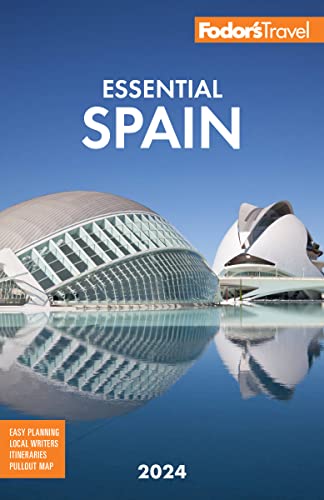Despite its hefty size (population 680,000), this sprawling provincial capital midway between Barcelona, Madrid, Bilbao, and Valencia is a detour from the tourist track, yet still accessible via the AVE, Spain's high-speed railroad, with both Madrid and Barcelona only 90 minutes away. The first decade of this century were major boom years here, and it's been rated one of Spain's most desirable places to live because of its good air quality, low cost of living, and low population density.
Straddling Spain's greatest river, the Ebro, Zaragoza was originally named Caesaraugusta, for the Roman emperor Augustus, and established as a thriving river port by 25 BC. Its legacy contains everything from Roman ruins and Jewish baths to Moorish, Romanesque, Gothic-Mudejar, Renaissance, baroque, neoclassical, and Art Nouveau architecture. Parts of the Roman walls are visible near the city's landmark Basílica de Nuestra Señora del Pilar. Nearby, the medieval Puente de Piedra (Stone Bridge) spans the Ebro. Checking out the Lonja (Stock Exchange), La Seo cathedral, the Moorish Aljafería (Fortified Palace and Jewel Treasury), the Mercado de Lanuza (Produce Market), and the many Mudejar churches in the old town is a good way to navigate Zaragoza's jumble of backstreets.
Worthwhile excursions from Zaragoza include the birthplace of Francisco José de Goya y Lucientes in Fuendetodos, 44 km (27 miles) to the southeast, and the Monasterio de Piedra, an hour's drive southwest of Zaragoza. Founded in 1195 by Alfonso II of Aragón, this lush oasis of caves, waterfalls, and suspended walkways surrounds a Cistercian monastery that dates back to the 12th century and a 16th-century Renaissance section that is now a private hotel (www.monasteriopiedra.com).





